african sumac tree poisonous
It is best in full sun well drained soil deep infrequent water once established. Every part of the tree contains urushiol oil which causes an allergic reaction to skin.

Deadly Plants Wild Plants Trees To Plant
Skin contact with the oil of a poison sumac plant leads to an itchy burning.

. An African Sumac tree is perfect for hot dry climates and for anyone that is looking for an attractive shade tree with a long lifespan. The tree drops its leaves when it is water stressed has a fungal disease like root rot or from being over fertilized. The leaves on a poison sumac shrub have smooth margins whereas nonpoisonous sumac plants have serrated margins.
The term sumac is derived from the Arabic root summaq meaning red referring to the colour of sumac fruit. Id avoid planting it where puppies might be tempted to nibble on the foliage or berries it produces. Every part of the tree contains urushiol oil which causes an allergic reaction to skin.
Leaves are palmately divided into 3 narrow leaflets each 3-5. Has a graceful weeping form and dark fissured bark. African sumacs are poisonous to humans.
Poison sumac berries are typically white whereas edible sumac berries are bright red. Heat-loving and tolerant of may soils. It may cause milder but similar symptoms to those allergic to it.
It may cause milder but similar symptoms to those allergic to it. Many species are used as a spice the most important being Sicilian sumac Rhus coriaria. Its fine textured foliage varies from pale green to deep olive-green and has a resinous smell when crushed.
Refrain from burning any part of the tree. Typically they are around 4 to 5 millimetres 016 to 020 in in size. Every part of the tree contains urushiol oil which causes an allergic reaction to skin.
Department of Agriculture Plant Hardiness Zones 8 through 10. Poison sumac which grows in the Eastern US has white or gray berries where edible sumac has red brown purple or maroon fruit. Poison sumac Toxicodendron vernix inhabits swamps and other wet areas as well as pinewoods and hardwood forests.
No African sumac Rhus lancea isnt poisonous to animals. African sumac which is actually the same genus as poison oak is considered poisonous. Poison sumac fruit are creamy white and part of a cluster.
Tall and a round canopy of equal or greater width. Verticillium wilt is found in the soil of tropical and temperate regions especially where summers do not become too hot. The fruit often lasts through winter and into spring.
Sumac belongs to the genus Rhus found in subtropical and temperate regions throughout the world. The fruit and leaves of the poison sumac plant contain urushiol an oil that causes an allergic rash upon contact with skin. Pea size fruit in summer.
It may cause milder but similar symptoms to those allergic to it. Id avoid planting it where puppies might be tempted to nibble on the foliage or berries it produces. Elegant semi-weeping tree to 20 x 15 feet or more is an ideal choice for our climate.
So all parts of the tree contain the urushiol oil to. The distinctive bark on mature trees is rough and dark. The fungus that causes verticillium wilt does attack African sumacs.
The easiest way to identify poison sumac Toxicodendron vernix apart from the edible sumac species is by the berries leaves and twigs. African sumac which is actually the same genus as poison oak is considered poisonous. African Sumac Rhus lancea L.
Sumac family Anacardiaceae Description. Every part of the tree contains urushiol oil which causes an allergic reaction to skin. Petunias are also quite susceptible to juglone the poisonous compound in allelopathic plants.
Gardeners should never handle the tree without gloves and keep children away from the plant. African sumacs are poisonous to humans. Id avoid planting it where puppies might be tempted to nibble on the foliage or berries it produces.
Is African sumac edible. The African sumac is a medium size evergreen tree growing with a low branching habit 20-30 ft. 8 to 12 feet Do animals eat poison sumac.
The African Sumac attracts bees and it is also poisonous to humans. But its a close relative of poison ivy Toxicodendron radicans. African sumacs are poisonous to humans.
It may cause milder but similar symptoms to those allergic to it. Older specimens the dark gray bark has fissures that show beautiful reddish and orange mahogany color hues. Branches are reddish to brownish-gray.
African sumac which is actually the same genus as poison oak is considered poisonous. You need to be aware of this when you eat sumac for the first time. A Rhus lancea African Sumac can be trained to a single trunk or allowed to grow into a multi-trunk tree with a look that resembles an olive tree.
African sumac which is actually the same genus as poison oak is considered poisonous. African Sumac Rhus Lancea Slower growing. How big do sumac trees grow.
Very heat and cold hardy. Also people can be allergic to sumac just like everything else. African sumac Read More.
Id avoid planting it where puppies might be tempted to nibble on the foliage or berries it produces. African sumac Rhus lancea is a drought-tolerant shade tree that grows in US. Refrain from burning any part of the tree.
Ubiquitous in this part of California people should be cognizant of its appearance. Every part of the tree contains urushiol oil which causes an allergic reaction to skin. I could not find African sumac listed in any of the allelopathic lists although sumac as a genus is listed.
African sumacs are poisonous to humans. Slow growing single or multi-stemmed evergreen tree 15 to 30 feet tall. Gardeners should never handle the tree without gloves and keep children away from the plant.

Mesquite Trees Provide Food Fuel Medicine And More Mesquite Tree Shade Trees Biointensive Gardening
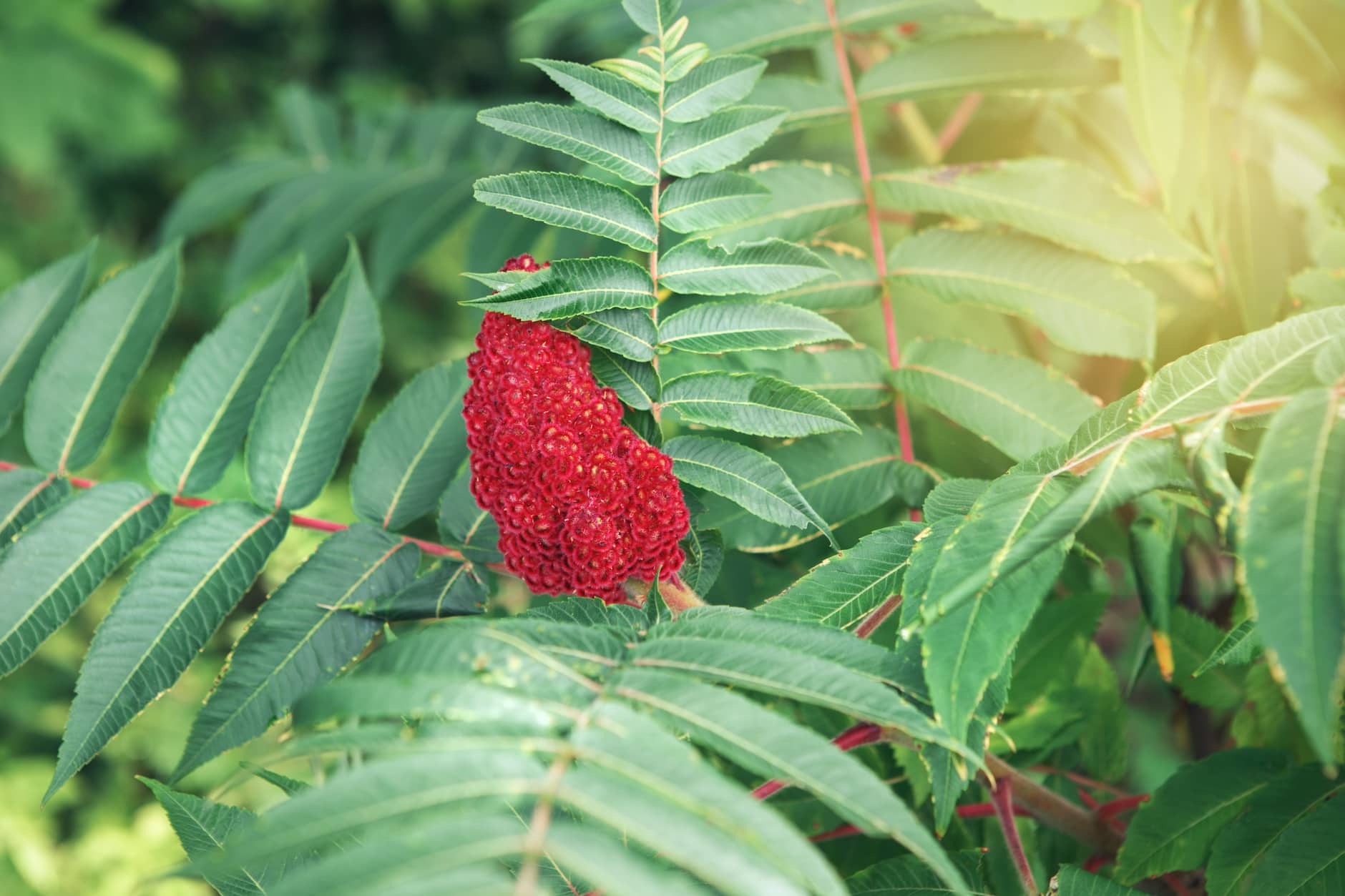
Wild Edibles Sumac Berries Farmer S Almanac

Here S How To Effectively Kill Poison Oak From Your Yard Poison Oak Poison Oak Plant Kill Poison Ivy

Injury Prevention Poison Oak Poisonous Plants Poison Ivy

Poison Sumac Rash Pictures And Treatment

Plants With Poisons And Stingers Uf Ifas Extension Solutions For Your Life Plants Trees To Plant Poison Sumac Tree
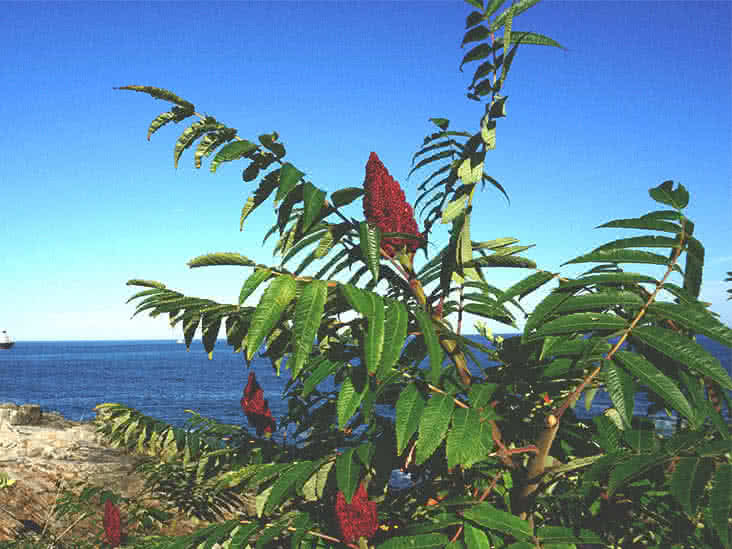
Poison Sumac Rash Pictures And Treatment

Common Sumac Tree Types Tips For Growing Sumac In The Landscape
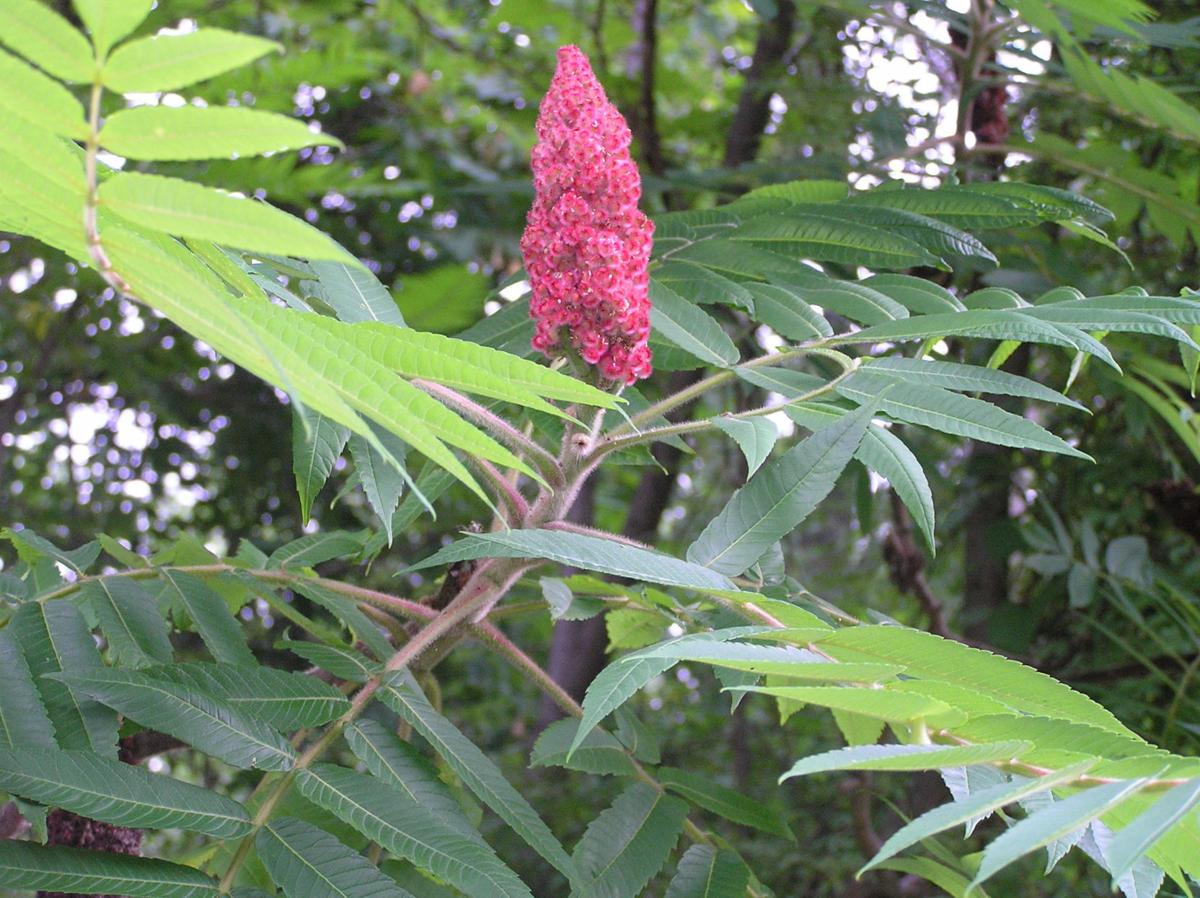
Nature Notes Sumac A Misunderstood Plant Travel And Outdoors Fredericknewspost Com
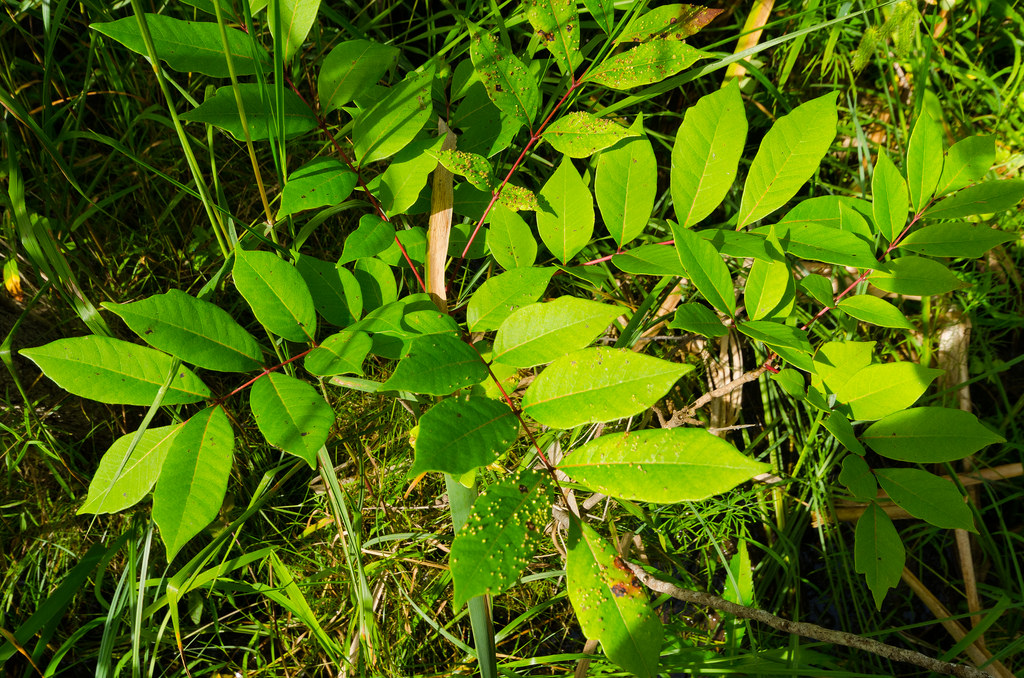
How To Identify Remove And Treat Poison Sumac

How To Tell Raspberry Plant From Poison Ivy Google Search Raspberry Plants Growing Raspberries Growing Succulents
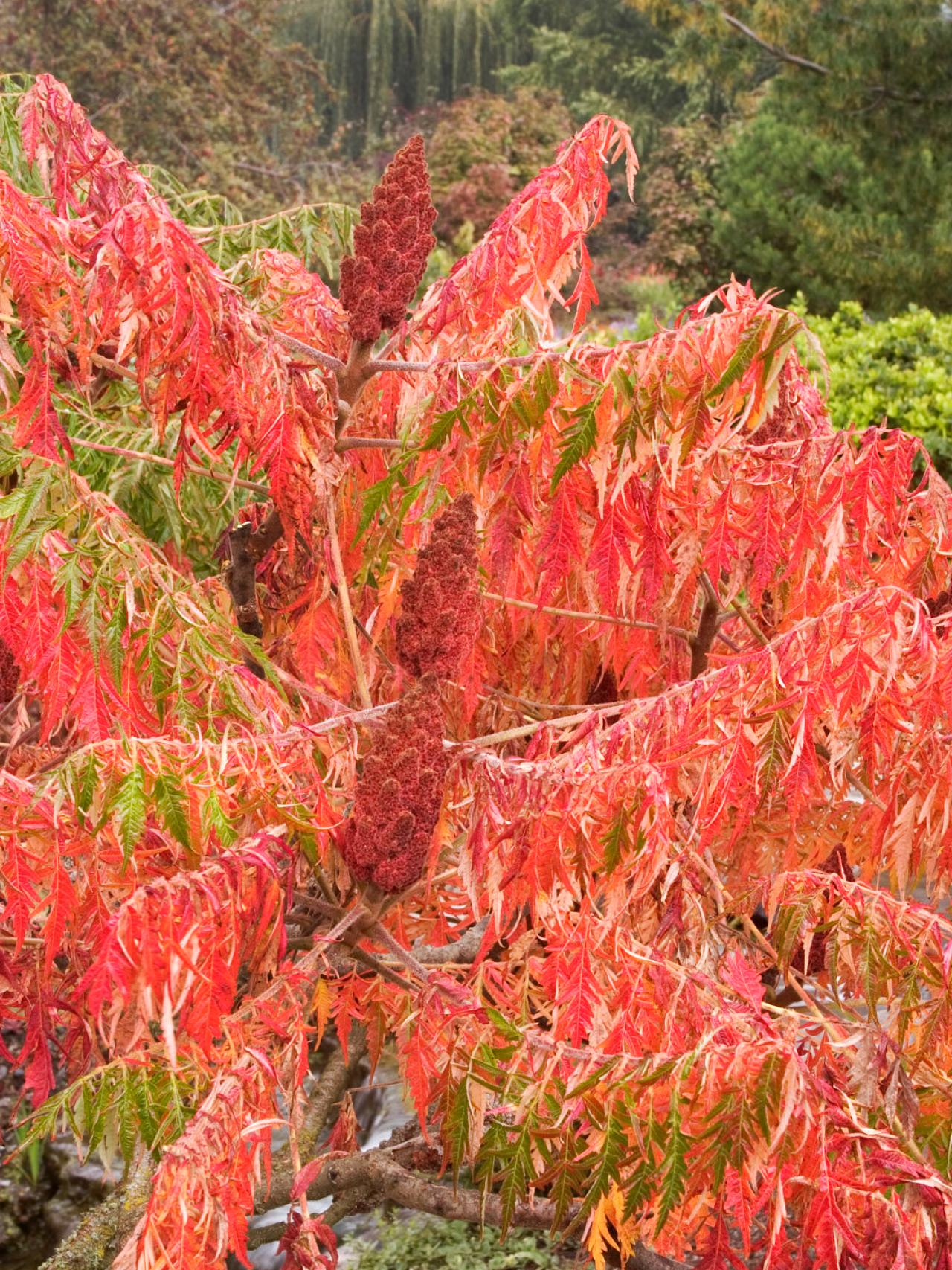
Sumac Trees Are Unsung Garden Trees Hgtv

What Is The Difference Between Sumac And Poison Sumac Vine

Smooth Sumac Has Edible Berries And Poisonous But Medicinal Leaves Colorado Arts And Sciences Magazine University Of Colorado Boulder

Acokanthera Plants Poisonous Plants Plant Identification
/poison-sumac-vs-staghorn-sumac-4772349-hero-c80c148bb6694759b4c5cae88a5223ab.jpg)
Poison Sumac Vs Staghorn Sumac The Major Differences
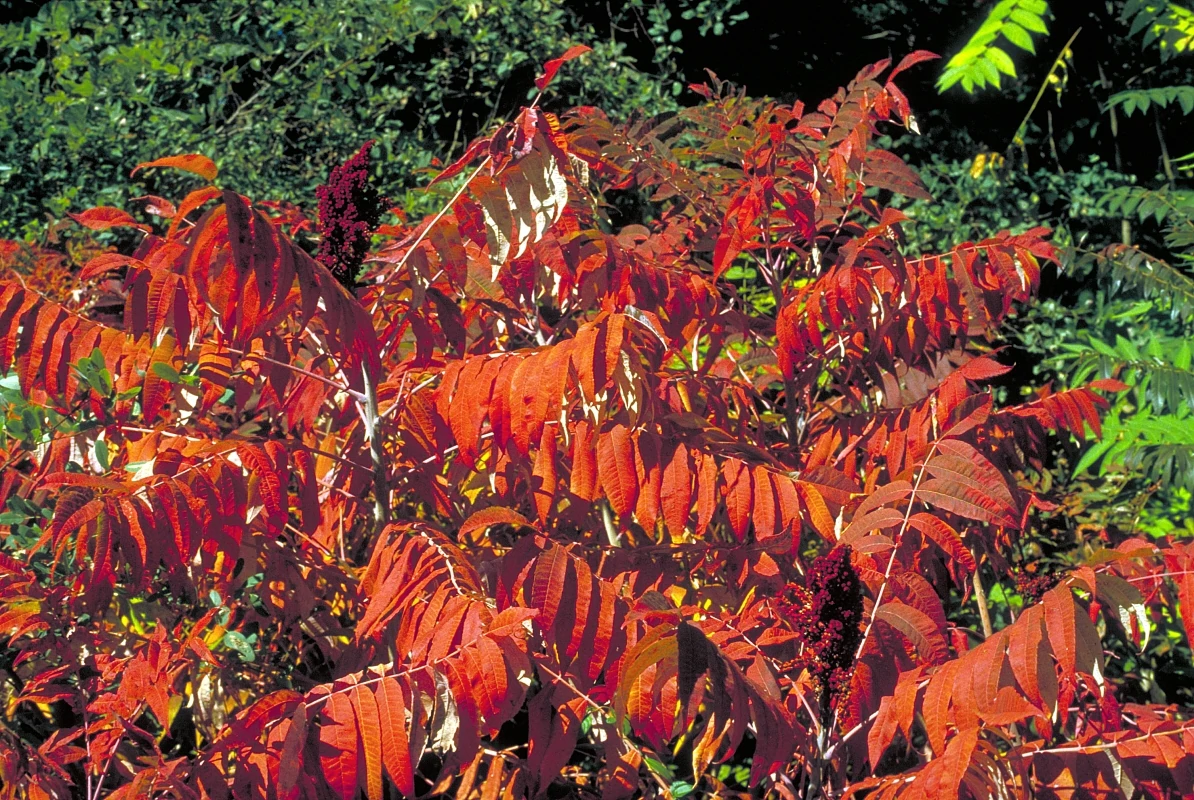
Invasive Sumac How To Get Rid Of It And Why Diamond Mowers
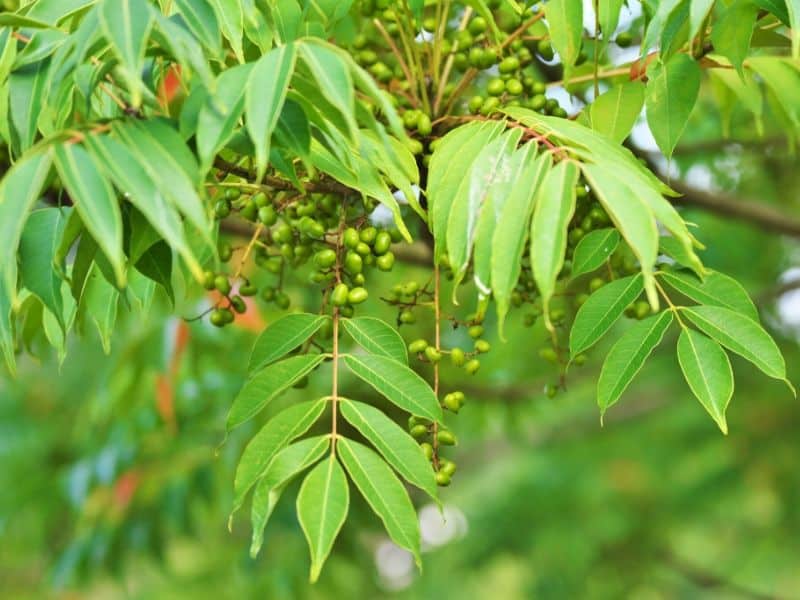
How To Get Rid Of Poison Sumac For Good

Poison Ivy And Other Summer Skin Irritants Poison Ivy Plants Poison Ivy Treatment Poison Ivy Rash